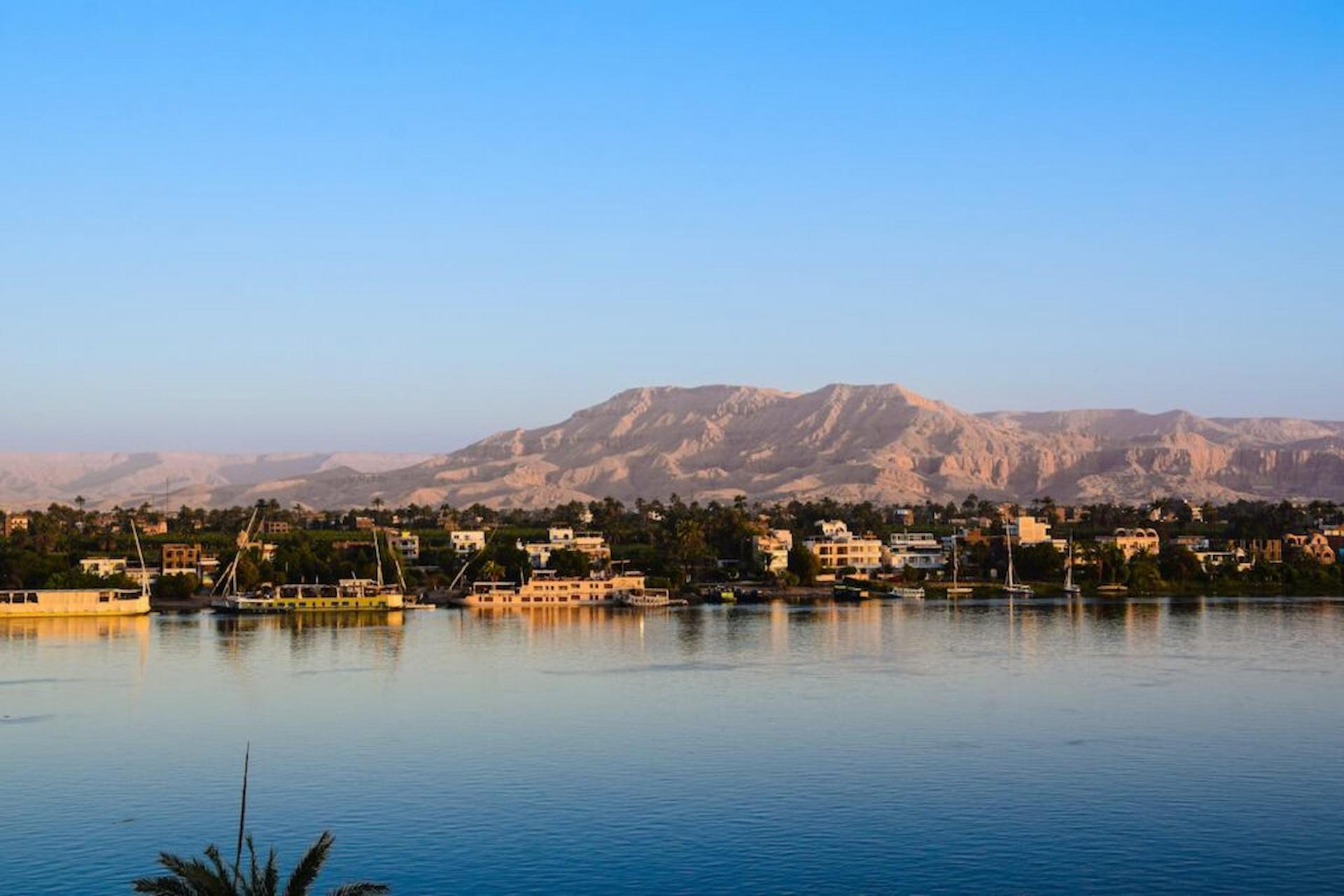The River Nile has been an epitome of mystical beauty and a life-source for millennia, winding its way through the heart of Africa before fanning out into the lush delta that merges with the Mediterranean Sea. But what makes this river so amazing? From the symbolic cradle of civilisation to the modern-day engineering marvels that harness its flow, the Nile is not just a river—it’s an enduring narrative of human triumph, nature’s bounty, and the serendipitous intersection of the two.
Historical Significance
Rooted in the annals of history, the Nile has witnessed the rise and fall of empires. It was along its banks that the Ancient Egyptians developed one of the most magnificent civilisations known to mankind. The fertile soils deposited by the annual inundation of the river enabled agriculture to flourish, nurturing a culture rich in art, architecture, and science.
Natural Wonders
Stretching over 6,650 kilometres, the Nile is renowned for being the longest river in the world, though recent studies suggest that the Amazon might be slightly longer. The sheer length of the Nile has been a subject of intrigue and exploration, boasting a variety of ecosystems from tropical rainforests near its sources, through arid deserts, and to verdant plains.
Biodiversity Hotspot
The Nile Basin houses a kaleidoscope of biodiversity. Crocodiles bask on its shores, hippopotamuses wallow in its waters, and countless fish species glide beneath the surface. Alongside these, myriad bird species adorn its skies, making it an ornithologist’s treasure trove. The Papyrus-lined wetlands of the Nile are as much a part of its identity as its meandering blue course on maps.
Economic Lifeline
Economically, the Nile is at the forefront of agriculture, fishing, and as a transportation route. Its waters irrigate fields, sustaining crops which feed millions. Artisanal and commercial fisheries depend on its aquatic resources, and boats have traversed carrying people and goods since antiquity, stitching together a network of trade and cultural exchange.
Engineering Marvels
Modern engineering feats, such as the Aswan High Dam, manifest the human ingenuity to harness and manage the Nile’s resources. Yet, such developments are not without controversy, as they bring about challenges related to water rights, environmental changes, and displacement of communities, thereby sparking a dialogue on sustainable management.
Cultural Impact
Beyond its tangibles, the Nile boasts a profound cultural impact. Literature, music, and folklore have drawn inspiration from its flowing waters, with stories and songs passed down generations. For poets, it has symbolised the passage of time and life; for artists, the play of light upon its waves has been the muse for countless works.
Travel and Tourism
The allure of the Nile extends into the travel industry, with an Egypt river cruise offering a glimpse into past epochs and the natural splendour of the river. Visitors get to experience the historical importance, agricultural significance, and cultural richness, all while drifting on its gentle currents.
Conclusion
The River Nile transcends its physical manifestation as water traversing land. It embodies the essence of Egyptian greatness, represents a cradle of biodiversity, and dwells in the hearts and spirits of the people who reside by its banks. Its true beauty lies not only in its ability to sustain life but also in its silent testament to humanity’s past, present, and future.
In exploring the marvels of the Nile, one realises that it is more than a geographic landmark—it is a continuous stream of life, enchantment, and mystery, as timeless and enduring as the lands it caresses. The river’s capacity to astonish remains undiminished, much like the perpetual flow of its waters, continuing to carve out a path of wonder across the African continent.
Read more: https://yyelloww.net/things-you-should-know-before-visiting-orange-county/



